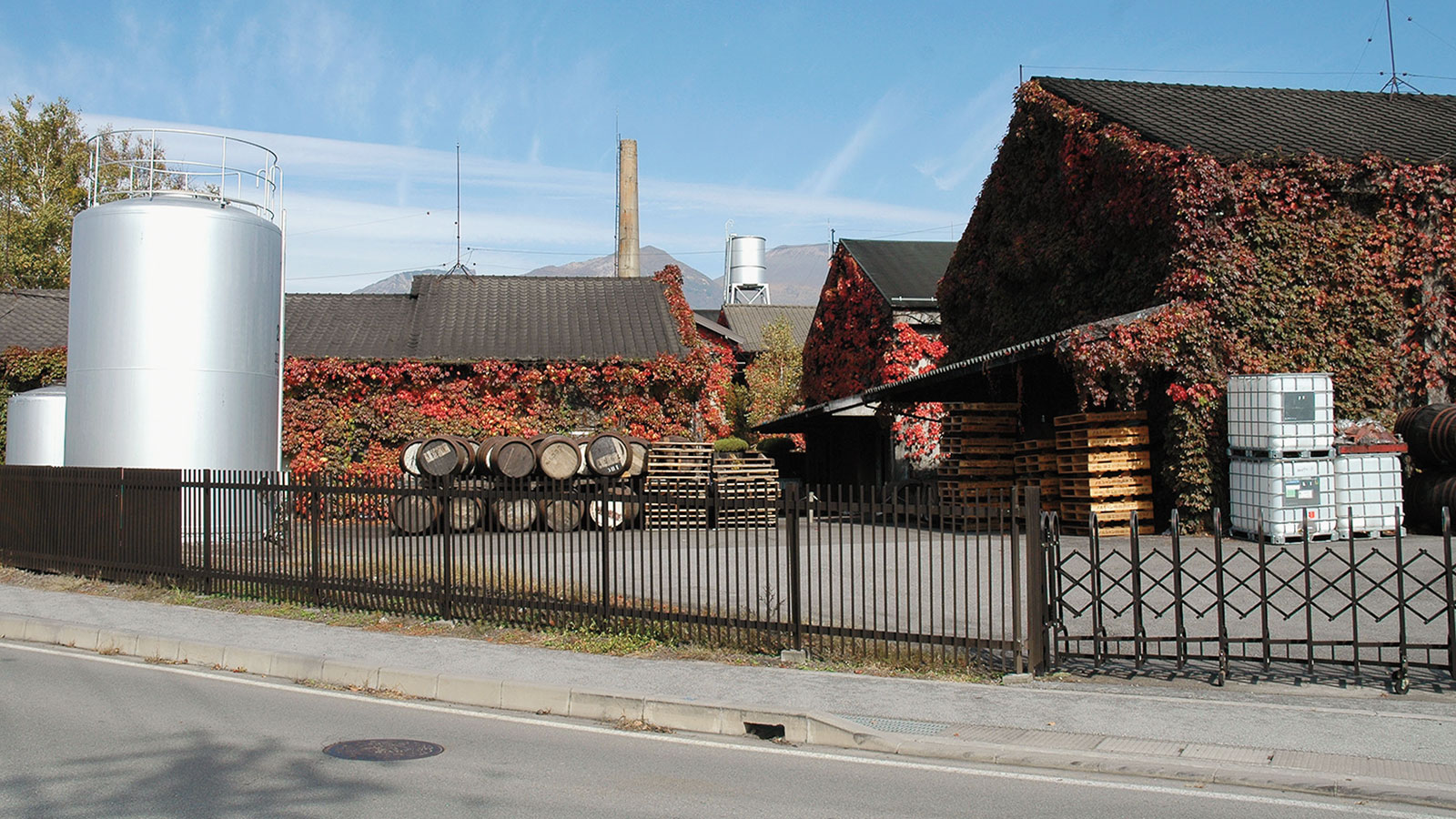
The Whisky Loch refers to a specifically Scottish problem and a particular period in Scotch whisky’s history—you can read about it here. But let’s briefly steer the time machine to Japan, which shortly after the worst Scottish closures had its own problems.
To a certain extent the cutbacks in Japan were a problem of sharp tax rises on domestic whisky, but it may be argued that a greater challenge was an oversupply of cheap Scottish and Irish whiskeys which flooded into Japan following the contraction of their previous main markets, most notably the U.S. In a desperate attempt to prevent shutdowns in Scotland, whisky was supplied at highly competitive prices (well, frankly, all too often it was dumped) and this, combined with the cachet still clinging to imported spirits, caused severe problems to the domestic industry in Japan.
The irony, of course, is that the strategy (if one can gloss these actions with such a term) didn’t work. In fact, it created further problems. As well as failing to prevent the closures in Scotland, it led to the shutdown of sites such as Kagoshima and a number of others, now largely forgotten.
The recent availability of whisky from closed Japanese distilleries, notably Karuizawa, stems from sites going silent somewhat later, around fifteen years ago. Some of these whiskies have recently become much in demand, leading to sharp price rises. The prudent buyer should be aware that this appears to have resulted in a number of counterfeit bottles being offered at auction, something which is also a problem with rarer single malt Scotch whisky.
An excellent resource for those interested in Japanese whiskies generally is the nonjatta.com website and blog. As they recently reported on this troubling subject, “One should not forget that the Japanese whiskies that currently command the highest prices at auctions—and we are talking about the price of a small car in some cases for a single bottle—are bottles that come from what was in reality a cottage industry at the time of release. Bottles of Hanyu, Karuizawa, and the like were bottled by hand when they were released—in most cases, literally hand-filled and hand-labelled one-by-one—so creating fakes is technically fairly simple.”
In the wake of the recent single-bottle auction price record set by the Karuizawa 1960 bottling, it’s as important as ever to remind the collector: caveat emptor. That’s Latin for “let the buyer beware,” and it is as sound advice today as it was for the ancient Romans.






